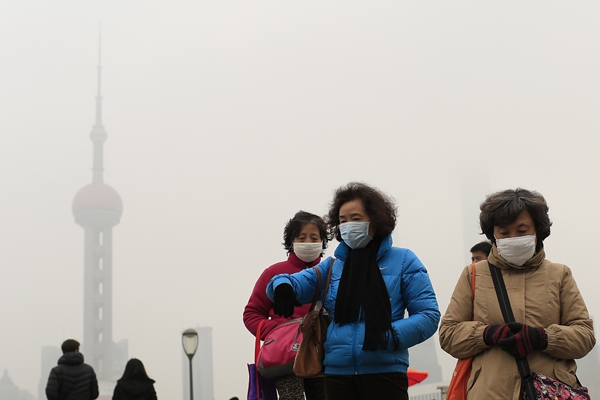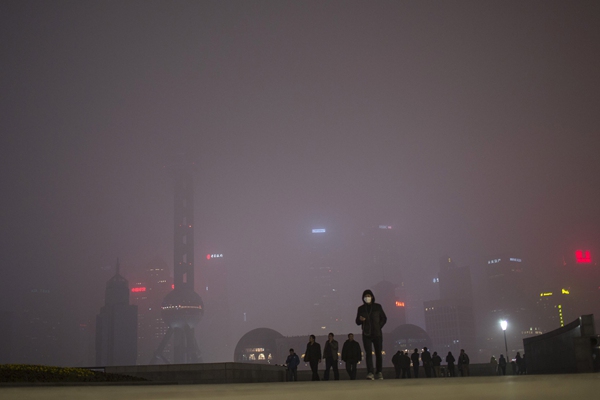Vanuatu urgently needs food and relief supplies, officials said, days after Cyclone Pam caused massive damage across the Pacific nation.
Houses, schools and crops have been destroyed by the storm, which hit the islands as a category five.
So far 24 people are reported dead but this could rise. There are islands south of the capital where the situation is not yet known.
Those who have flown over the islands report widespread devastation.
Across the nation, many people have lost their homes or face extensive rebuilding. Telecommunications, power and water supplies have all been badly affected.
"We urgently need water purification tablets to make sure that the water is safe to drink," Alice Clements of Unicef told the BBC.
"We urgently need food for communities whose crops have been absolutely destroyed and will take up to three months to grow. We absolutely need shelter."
Benjamin Shing, of President Baldwin Lonsdale's office, echoed her comments.
"We are relying on the fact that the food crops and the gardens are still edible and they can be used for the first week but after [that] we'll need to get some rations on the ground," he told Australian media.
As well as crops, residents' stockpiles of food had been destroyed and wood was too wet for people to cook with, reports said.
 Many houses had corrugated iron roofs that were torn off by the storm
Many houses had corrugated iron roofs that were torn off by the storm
 Residents have been searching through their houses for salvageable possessions
Residents have been searching through their houses for salvageable possessions
 Roads are blocked by fallen trees and debris
Roads are blocked by fallen trees and debris
The storm hit Vanuatu on Saturday, bringing very high winds.
Aid is arriving from nations including Australia, New Zealand and the UK but officials say distributing supplies will take time, given damage to infrastructure and the number of islands.
"It will take days until we have a clear picture and [understand] the full extent of the damage," Kate Roux of the International Red Cross told the BBC.
In Port Vila, the capital, a clean-up is under way but the destruction was extensive. Power and water have been restored in some areas but up to 90% of homes have been damaged.
The hospital is coping with an influx of injured people but a surgeon said beds had been moved outside because of structural damage.
On the main island and in Torba and Penama provinces to the north, some 3,300 people were in evacuation shelters, the UN Office for the Coordination of Humanitarian Affairs said.
Continue reading the main story
Cyclone Pam's impact on Vanuatu
Of islands to the south of the capital in the direct path of the cyclone, including Tanna - home to 29,000 people - and Erromango, much less is known.
"We have no contact of any sort with the outer islands, the priority is to get communications up and running," Joe Lowry, a spokesman for International Organisation for Migration (ILM), told Reuters news agency.
"It's very, very concerning that we haven't heard anything from the outlying islands."
Military planes that have flown over the islands have reported extensive damage to houses and crops.
"We understand that the reconnaissance imagery shows widespread devastation," Australian Foreign Minister Julie Bishop said of Tanna. "Not only buildings flattened - palm plantations, trees. It's quite a devastating sight."
The president, returning from a conference in Japan, has described the storm as a "monster" that wiped out years of development.
Australia announced on Tuesday that it was sending more personnel, including a search and rescue team, and three more military planes carrying aid.
How poor is Vanuatu?
- The UN considers it one of world's least developed countries. It has a GDP of $828m (£560.7m) compared to neighbouring Australia's $1.56tn, according to the World Bank
- About two-thirds of people make a living from agriculture. Fishing, tourism and offshore financial services are the other main industries
- Australia estimates that about 70% of the population of 250,000 live on remote islands or in rural areas, with few services and limited access to clean drinking water, transport or electricity
- Australia is Vanuatu's main donor, giving A$60.7m (£31.45m: $46.5) in 2013/4, about 60% of total aid





